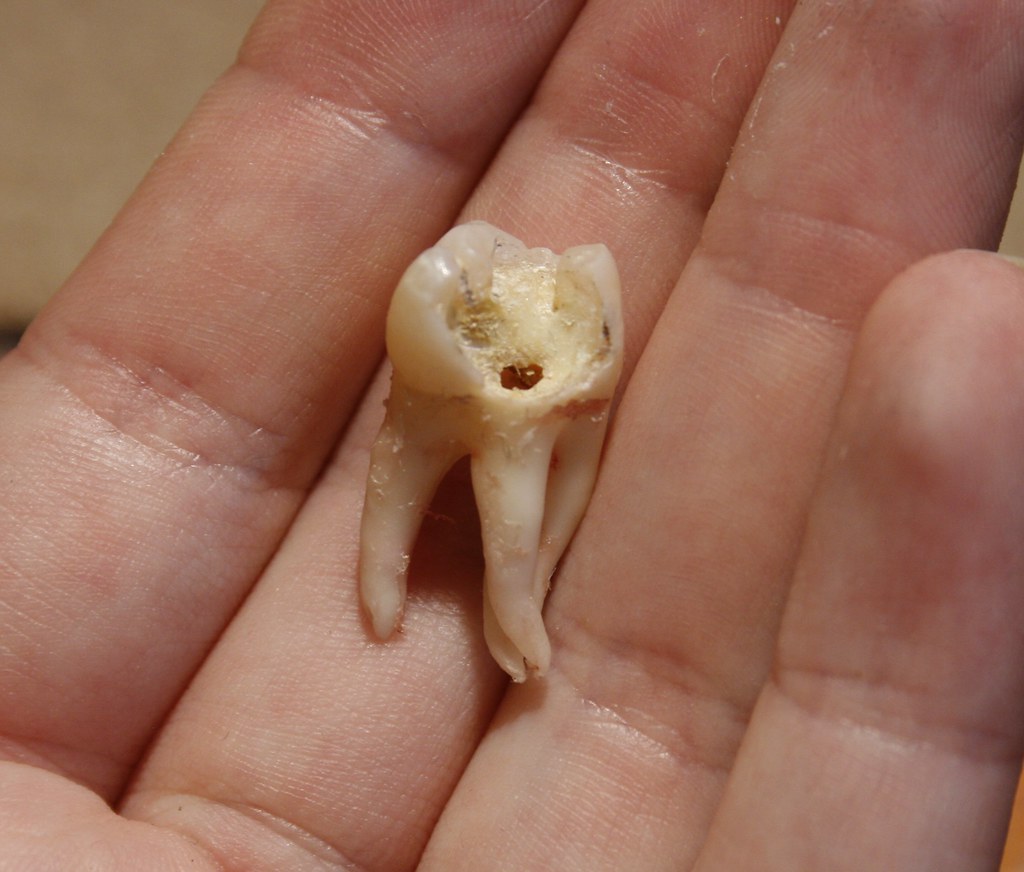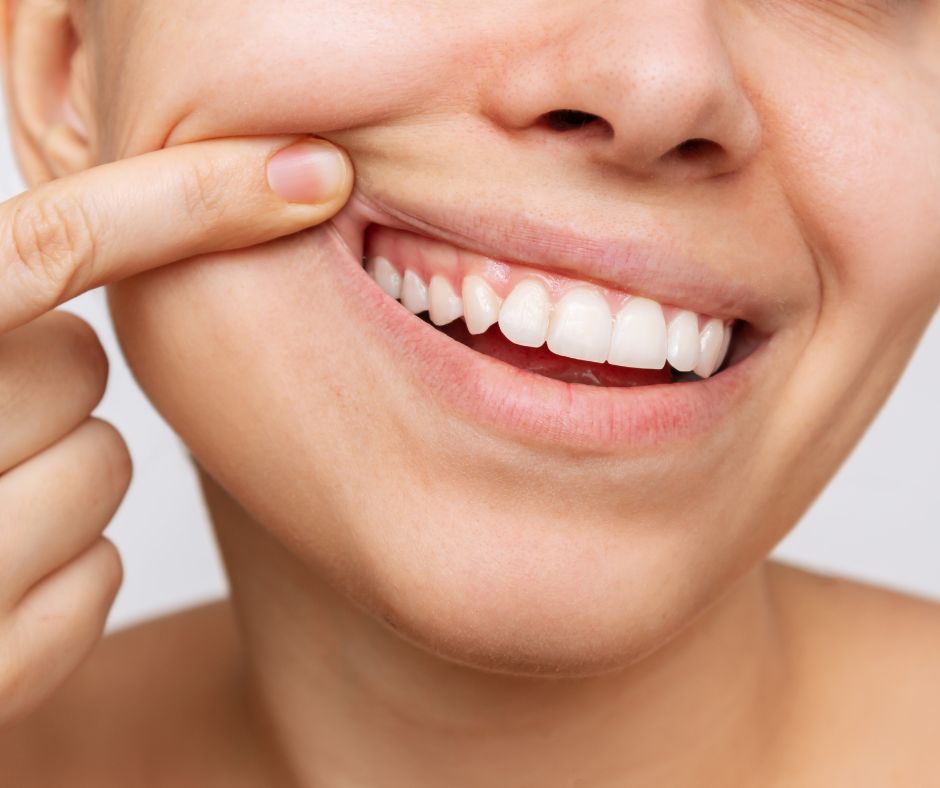Jaw Ache After Filling

Experiencing jaw ache after a filling can be an unsettling and uncomfortable sensation. This phenomenon is more common than one might think, and it’s essential to understand the reasons behind it to alleviate concerns and take appropriate measures. The connection between dental fillings and jaw ache can be attributed to several factors, each playing a role in the complex interaction between the teeth, the filling material, and the jaw’s musculoskeletal system.
The Filling Procedure and Jaw Strain
During a filling procedure, the dentist must open the mouth wide for an extended period, which can strain the jaw joint (temporomandibular joint or TMJ) and the surrounding muscles. This strain is particularly common in procedures that require more time or when the filling is located in a position that makes it difficult for the dentist to access without the patient having to open their mouth very wide. The strain on the TMJ and the muscles of mastication (used for chewing) can lead to inflammation and pain, manifesting as jaw ache.
High Filling and Bite Adjustment
Another reason for jaw ache after a filling is when the filling is too high, disrupting the natural bite (occlusion) of the teeth. If the filling material extends beyond the normal contour of the tooth, it can cause the upper and lower teeth to come into contact prematurely or with increased force on one side. This imbalance can put extra strain on the jaw, leading to ache and discomfort. The jaw tries to adjust to this new position, which can result in muscle fatigue and pain.
Allergic Reactions or Sensitivities
Though rare, some individuals may experience an allergic reaction or sensitivity to the materials used in the filling, such as amalgam, composite resin, or gold. An allergic reaction can manifest in various ways, including swelling, redness, and pain in the jaw area. However, such reactions are uncommon and usually occur shortly after the procedure.
Nerve Damage
In some cases, the procedure of removing decay and preparing the tooth for a filling can inadvertently irritate or damage the nerves surrounding the tooth or within the tooth itself. This irritation can lead to sensations of pain, including jaw ache, as the nerves recover. The pain can be sharp and localized or a dull ache that spreads to the surrounding areas, including the jaw.
Stress and Anxiety
Stress and anxiety related to dental procedures can also contribute to jaw ache. Clenching or grinding the teeth (bruxism) due to stress can strain the jaw muscles and lead to pain. This is particularly relevant in the context of dental fillings, as the anxiety of undergoing a dental procedure can exacerbate existing habits of teeth grinding or clenching.
Management and Prevention
To manage jaw ache after a filling, several steps can be taken:
- Apply Warm or Cold Compresses: Alternating between warm and cold compresses can help reduce pain and swelling by relaxing the muscles and improving blood flow.
- Over-the-Counter Pain Relievers: Medications like ibuprofen or acetaminophen can help manage pain and reduce inflammation.
- Soft Diet: Eating soft foods for a few days can reduce the strain on the jaw and allow it to recover.
- Practice Good Oral Hygiene: Keeping the mouth clean and following the dentist’s instructions for aftercare can prevent complications.
- Follow-up Appointment: If the pain persists or worsens, a follow-up appointment with the dentist is crucial. They can assess the filling, adjust the bite if necessary, and provide further guidance or treatment.
In conclusion, jaw ache after a filling is a relatively common issue that can stem from various factors related to the procedure itself, the materials used, or the individual’s response. Understanding these causes and taking appropriate preventive and management steps can help alleviate discomfort and ensure a smooth recovery from the dental procedure. If the pain is severe or persistent, consulting a dental professional is essential to address any underlying issues and prevent further complications.

